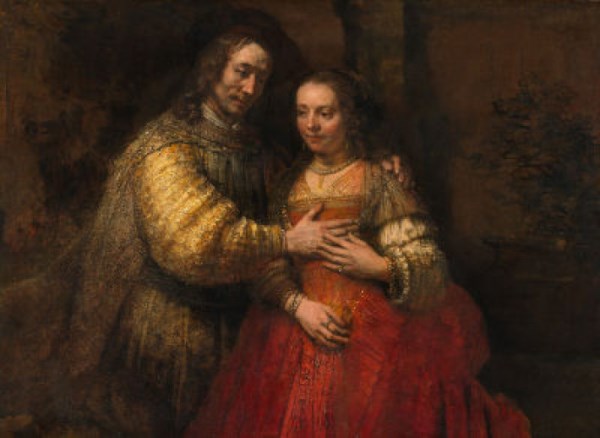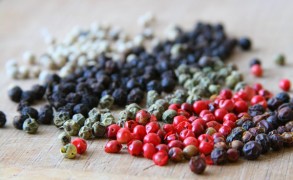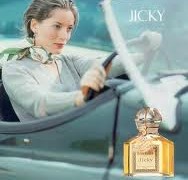Postcard from Brussels : Flemish Chiaroscuro
Among the things I missed the most during the lockdown was going to a museum. The soft light in the exhibition halls, the scent of wood polish, and the silence add as much to my experience of the museums as the art itself–and the Royal Museum of Fine Arts in Brussels has plenty of it to admire. So when the restrictions were lifted, I headed to the museum and stood in front of my favorite paintings, greeting them like old friends. It was reassuring, a reminder that despite it all beauty will claim its own space.

The reason I feel this way rather acutely at museums is because they are testaments to historical events and traumas. Positioned though they are as shrines to art, wars, conquests, and colonialism have had their role to play in the riches that famous museums exhibit. It’s enough to make one ambivalent about the whole enterprise, and yet I still like museums. I still feel comforted by their ambiance. Art still inspires me to think differently, to push my boundaries, and to seek something new. The awakening of our curiosity is one of the greatest values of art, and deriving pleasure from finding things out is part of happiness as I see it.
















Joi in Giorgio Armani Mania : Long Lost Favorite Perfume: Yes!! January 25, 2024 at 2:54am